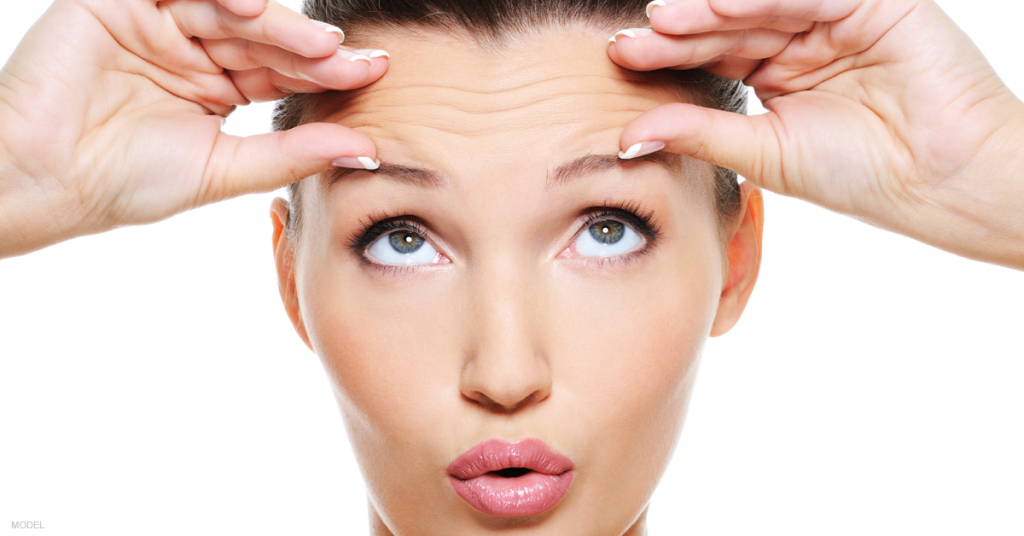In my role as a plastic surgeon and an advocate for my patients, I’m committed to recommending the least invasive, longest-lasting treatment solution that effectively addresses an individual’s aesthetic concerns. With that in mind, when someone considering blepharoplasty at my Phoenix-area practice asks if a nonsurgical option is possible, my answer depends on the specific case.
This isn’t hypothetical. Many patients, both at my practice and nationwide, ask about getting less-invasive procedures for all types of cosmetic issues. If you’ve ever visited the RealSelf website, which includes a forum for patients to ask board-certified specialists for advice, these types of questions are among the most common.
As a frequent volunteer contributor to RealSelf, I’ve addressed a number of specific questions about nonsurgical options to blepharoplasty (also called eyelid surgery.) The questions involve both the upper and lower eyelids, and in this blog post, I’ll share the gist of my answers as a way to help anyone with similar concerns.
Laser Treatments for Lower Eyelids?
Patients concerned about fine lines or lax skin can benefit from laser skin resurfacing treatments. Fractional carbon dioxide lasers or erbium lasers work well. A chemical peel might be another option to correct skin discoloration under the eyes.
Other common lower eyelid concerns include dark circles, bulges, or changes to the contours, which are conditions caused by fat pads in the lower eyelid gradually falling forward. Eyelid surgery is necessary in these cases to remove and reposition fat to retain the volume that creates a youthful appearance. I may even recommend transferring a small amount of fat from a patient’s abdomen into the undereye area to restore lost facial volume.
I also use surgery to remove excess skin because laser treatments or chemical peels provide limited benefits, especially considering that the surgical procedure gets exceptional results.
Nonsurgical Treatments for Droopy Upper Eyelids?
BOTOX® and DYSPORT® injections can significantly improve the contours of the upper eyelid and brow. Treatments should address both of these areas because they are interrelated, and neuromodulators that minimize wrinkles can produce a slight brow lift, too. Dermal fillers such as JUVÉDERM® or RADIESSE® can also play a role in creating a more youthful-looking eyebrow arch.
I wouldn’t recommend using chemical peels, laser skin resurfacing treatments, or radiofrequency devices on the upper eyelid skin. And, in some cases, upper eyelid surgery may be the best choice to create a more alert and younger appearance.
The changes created by upper and lower eyelid surgery—which can be combined in a single procedure—are apparent when you look at before-and-after photos of some of my previous patients. If you’re looking for an eyelid surgery specialist in Scottsdale or Phoenix, contact our office using the online form or call us directly at (480) 214-9955 to schedule an appointment.


Leave a Reply